
Sindhi Wedding Rituals

Sindhi weddings are lavishly celebrated with many rituals and fun and laughter. Sindhi’s are basically Sanatani Hindus and therefore their weddings are a mixture of both Sufism as well as Hinduism. The weddings take place according to Vedic traditions on auspicious days like the new moon.
Pre wedding Ceremonies
Some of the pre-wedding ceremonies and rituals of Sindhi’s are described in the paragraphs below.
KachhiMisri:
This is the formal meeting between the parties of the bride and the groom after their horoscopes have been matched. They exchange gifts like clothes, sweets and fruits and also lumps of sugar crystals (misri). The groom’s sister placed five different fruits on the lap of the crideandfrrds her sweets. The couple can court after this ceremony.
PakkiMisri:
This is the name given to the formal engagement and takes place about a week before the actual wedding. The groom’s family arrive bearing a lot of gifts for the groom. They include expensive gifts too: costly lehengas, sweets, jewellery, cosmetics and sweets. These are placed on the lap of the bride by the groom’s sister. The groom’s mother also gives an earthen pot with misri to the bride’s mother which is opened then and there. Lord Ganesha’s picture is drawn o the p[ot to invoke his blessings for the weeding. After the priest conducts the ceremony, the couple exchange rings. After this, with due consultation with the elders present, the date and time of the wedding are announced.
BeranaSatsang:
This is a group prayer in favour of Jhulelal so that the wedding cab ne conducted without any obstacles.
DevBithana:
Prayers are offered to Lord Gundro in the form of the grinding stone in the homes of both the bride and the groom. This ritual is done five days before the day of the wedding. After this ceremony, the bride and the groom do not leave their houses till the wedding is over.
Lada:
This is much like the Sangeet ceremony of the Punjabi’s. It is hosted by the groom’s family and women friends and neighbors sing folk songs called Lada and dance to the accompaniment of the dholak’s and thali’s.
Mehendi:
A day prior to the wedding, the bride’s family members gather together to apply mehendi on the bride’s hands and feet. Other women also apply mehendi on this occasion.
Other pre-wedding rituals are Jenya, Saagri, Wanwas, Tih, Kheeram Sat, etc., among others.
Wedding Attires
The Groom
The groom wears an embellished and colourful kurta pyjama or Sherwani pyjama. He wears a pagdi on his head and minimal jewellery. He also carries a long scarf along with his clothing.
The Bride
The bride wears a lehenga for the wedding. It is traditional of the red color. It is heavily embroidered and decorated with thread, beads and stones. The headscarf is made to cover the head of the bride. The bride is made to a wear a lot of jewellery made of gold and diamonds.
Wedding day rituals include ceremonies like the Haldi, Baraat, GaroDhago, Swagat, Jaimala,Palli-Pallo, hathialo, etc.
Vidaai, Datar, Chhanar, Gadjani, are post wedding rituals.
Search Life Partner
with BhagyaVivah Matrimony
The Next Generation's Choice of Matchmaking
Related Articles
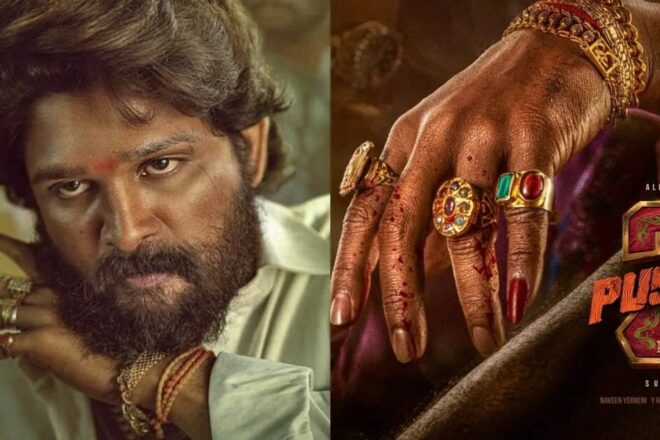
Telugu Matrimony | New update on ‘Pushpa 2′ movie, will bring smiles on fans’ faces
Thillai Matrimony | People are eagerly waiting for Allu Arjun’s film Pushpa 2: The Rule. The film was earlier scheduled to be released on August 15, but due to incomplete shooting, it was decided to release it on the big screen on December 6. Recently, various types of things were coming out on social media […]
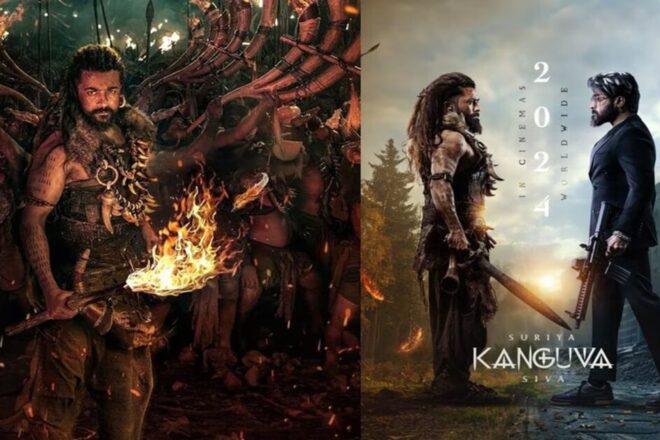
Thillai Matrimony | Big update on Suriya’s ‘Kanguva’, will be released this month!
Thillai Matrimony | Actor Suriya’s new film ‘Kanguva‘ is eagerly awaited by the audience. Since watching the teaser of the film, there has been an atmosphere of curiosity about the film among the audience. A different avatar of superstar Suriya was seen in the teaser. Until ‘Kanguva’ is released, new updates will continue to come […]
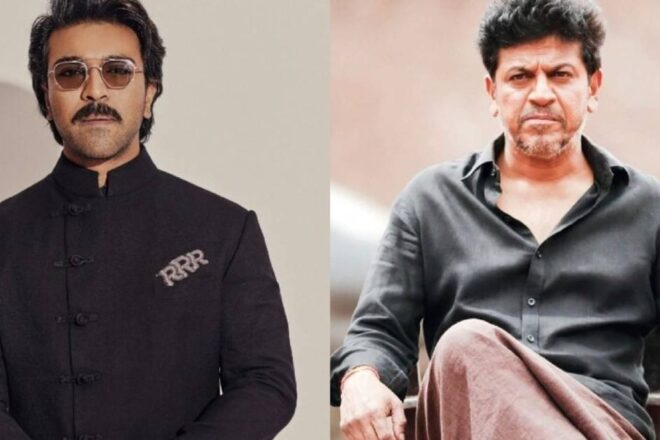
Kannada Matrimony | Kannada superstar to star in Ram Charan’s ‘RC16’
Thillai Matrimony | RC16 is one of the most awaited films of this year, with Ram Charan and Janhvi Kapoor in lead roles. The audience is eagerly waiting for the smallest information related to the film. Ram Charan and director Buchi Babu have joined hands again after Uppena for this film. His first film proved […]
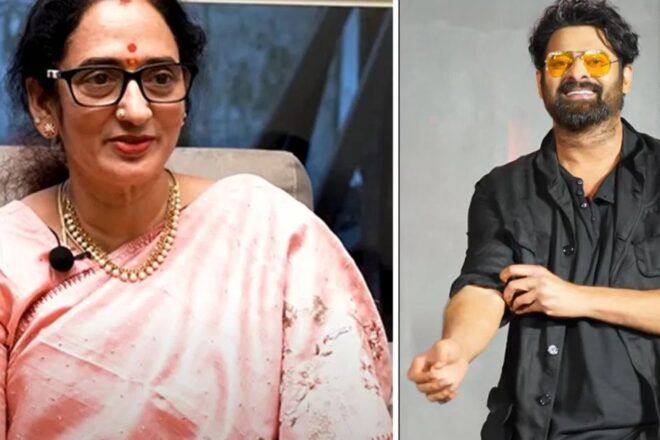
Prabhas Movies | Is Prabhas going to get married after the success of ‘Kalki 2898 AD’?
Telugu Matrimony | Prabhas is one of the biggest stars in the Telugu industry. Apart from films, he often comes into the headlines due to his personal life. The actor is currently basking in the success of his film Kalki 2898 AD. Meanwhile, recently the discussion of their marriage intensified from once. Amidst the ongoing […]
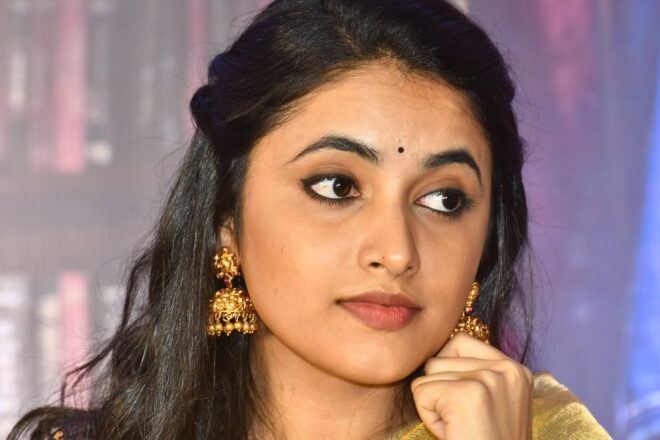
Priyanka Mohan | Priyanka Mohan starts dubbing for ‘Saripodha Sanivaram’, role of a police officer
Tamil Matrimony | Actor Nani is constantly giving hits. He is now in discussion about his next film ‘Saripodha Sanivaram’. Actress Priyanka Mohan will also be seen in the lead role in this film. Recently, the makers shared Priyanka’s look from the film and now another update related to her has surfaced. According to media […]

Telugu Matrimony | Nora Fatehi joins Varun Tej in Hyderabad for big budget film Matka
Thillai Matrimony | Global sensation Nora Fatehi is all set to make her mark as the lead actress in the Telugu film industry. Nora Fatehi is playing a pivotal role in the upcoming big budget Telugu film ‘Matka’. Starring alongside Varun Tej and Meenakshi Chaudhary, his debut in the industry as an actor is surely […]

Telugu Matrimony | Kalki 2898 AD will soon knock on OTT, where to watch the film
Thillai Matrimony | The film ‘Kalki 2898 AD‘ has created a stir with its earnings worldwide. Since its release, the film has been earning bumper at the box-office. Released in six languages including Hindi, Telugu, the film is getting a lot of love from fans. Kalki 2898 AD to be released on OTT Meanwhile, a […]

Pushpa 2 | Pushpa 2 Release Postponed, Allu Arjun’s Team Member Confirms
Telugu Matrimony | South film industry superstar Allu Arjun’s film ‘Pushpa 2‘ is one of the much-awaited films of the year 2024. Fans of this film are eagerly waiting. Allu Arjun’s film was scheduled to be released on August 15. The clash of this film was going to be with many films. After this, the […]
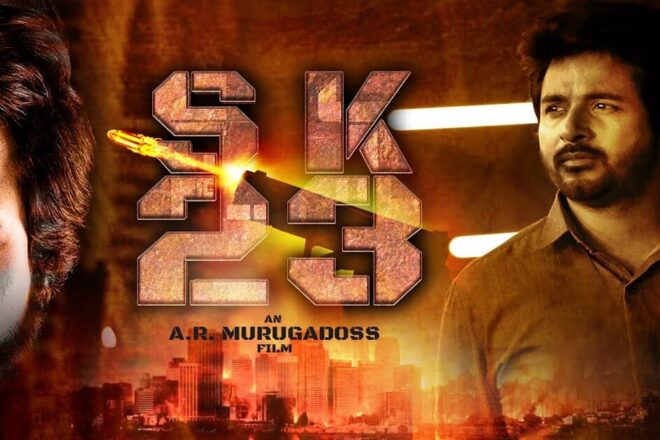
Christian Matrimony | Vikrant becomes part of AR Murugadoss’s film, new updates on ‘SK 23’ movie
Chavara Matrimony | After Vidyut Jammwal, another actor has joined the cast of Sivakarthikeyan and AR Murugadoss’s upcoming film ‘SK 23’. The makers of the film took to their official social media handles to welcome Tamil actor Vikrant. Along with the announcement, the makers also shared an interesting and stylish poster of the actor from […]

Thillai Matrimony | Tamil superstar Suriya’s upcoming movie Kanguva is in constant news
Thillai Matrimony | Tamil superstar Suriya starrer film ‘Kanguva’ has created a huge buzz. Every information related to this film starring Suriya and Bobby Deol starts going viral in minutes. The makers of this film starring Surya and Bobby Deol are also keeping this enthusiasm of the fans. Recently, on the day of Tamil New […]
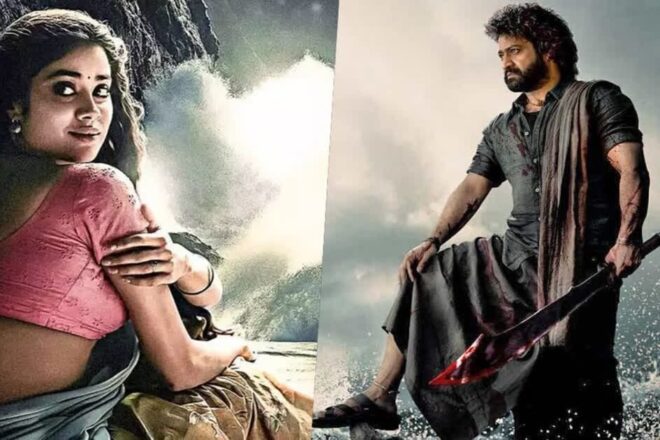
Telugu Matrimony | Telugu superstar Jr NTR and Janhvi Kapoor’s upcoming movie Devara
Telugu Matrimony | Telugu superstar Jr NTR and Janhvi Kapoor starrer director Koratala Siva’s upcoming movie is currently a craze among the audience. The film is directed by Koratala Siva. This is a pan India release film of superstar Junior NTR and Janhvi Kapoor. Which the makers have made on a grand scale. Makers are […]

Tamil Matrimony | Rajinikanth’s ‘Thalaivar 171’ to be titled ‘Coolie’, Teaser released
Tamil Matrimony | Fans eagerly wait for Rajinikanth’s films, who rule the hearts of people with their best performances from South to Bollywood. Rajinikanth’s film ‘Thalaivar 171’ has been in the news ever since it was announced. Now the title of Rajinikanth’s film ‘Thalaivar 171’ has been announced and it will be known as ‘Coolie‘. […]

Tamil Matrimony | Samantha Ruth Prabhu’s upcoming movie ‘Bangaram’ first look, Poster revealed
Tamil Matrimony | South film actress Samantha Ruth Prabhu is celebrating her 37th birthday. On the special occasion of the actress’s birthday, her upcoming movie ‘Bangaram’ has been announced. The actress has created a stir in the industry by releasing the tremendous first look poster of her upcoming film ‘Bangaram’ on Instagram. | Thillai Matrimony […]
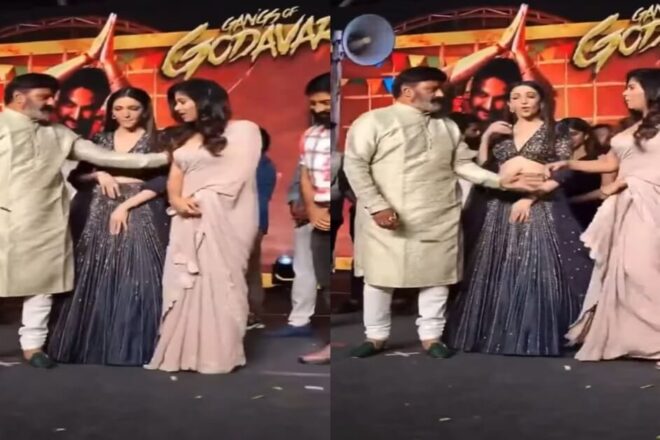
Kerala Matrimony | South’s superstar pushed the actress on stage, people got angry
Kerala Matrimony | A video of South film industry’s famous actor Nandamuri Balakrishna is becoming increasingly viral on social media, due to which Telugu superstar has come under the target of trolls. Actually, Nandamuri Balakrishna recently attended the pre-release event of the film ‘Gangs of Godavari‘. Starring Vishwak Sen, Nora Fatehi, Anjali and Neha Shetty, […]
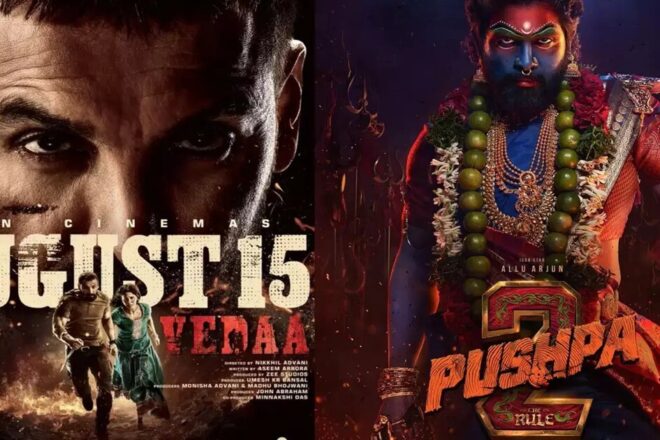
Telugu Matrimony | August 15! Allu Arjun and John Abraham to clash on box office, Pushpa 2 Vs Veda Movie
Telugu Matrimony | South superstar Allu Arjun’s film ‘Pushpa’ was released in the year 2021. This film broke all records of earnings. The audience is eagerly waiting for the sequel of this film. At the same time, the wait for the fans is finally going to end. Allu Arjun, Rashmika Mandanna and Fahadh Fazil starrer […]

